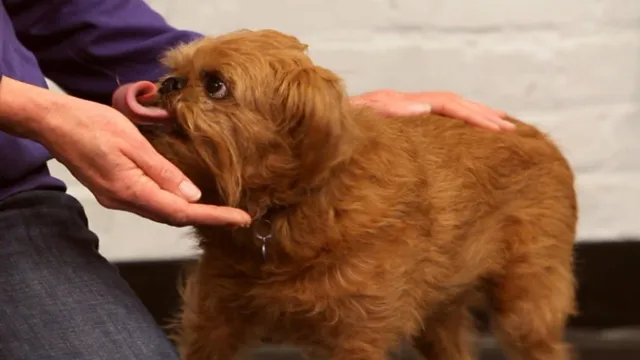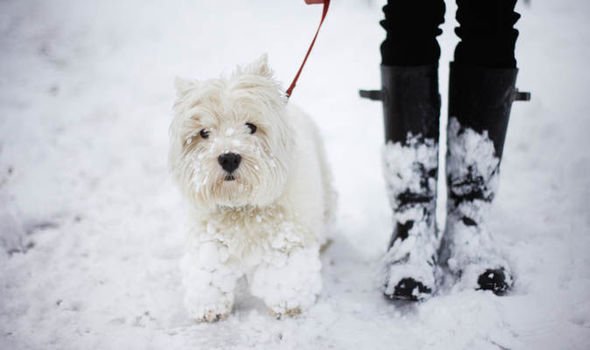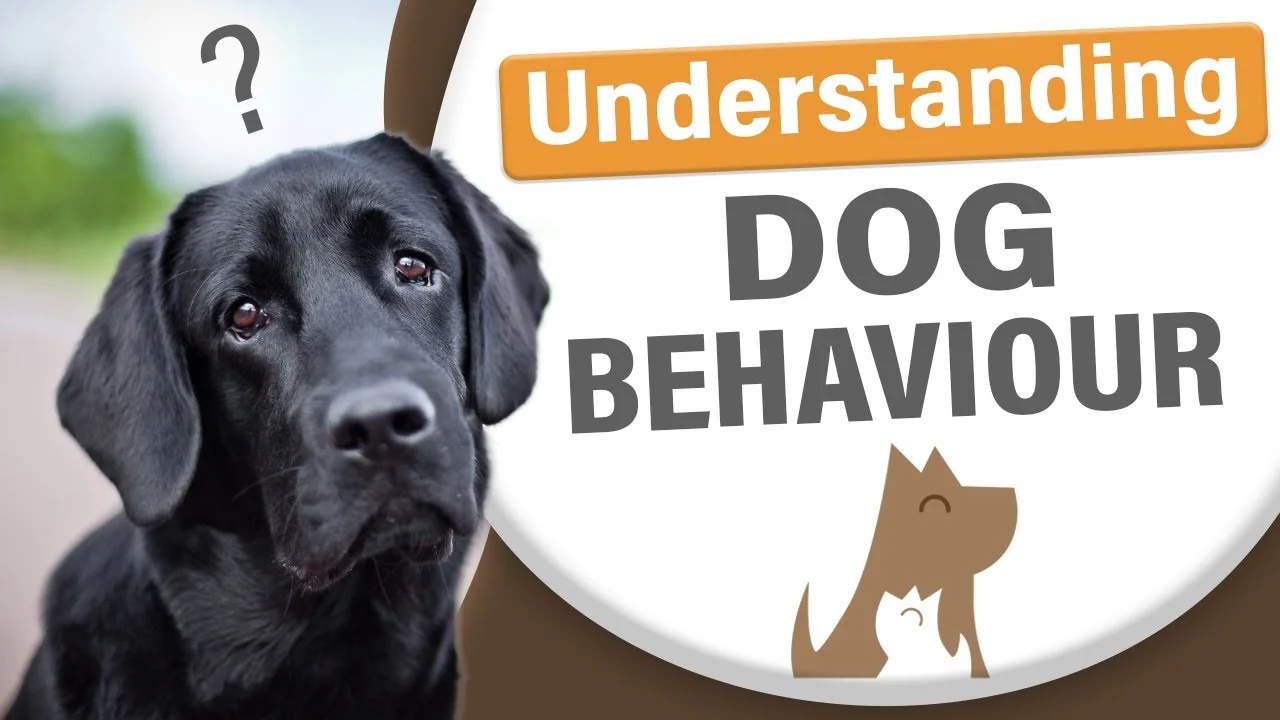Teaching Your Dog the Release Command: A Step-by-Step Guide
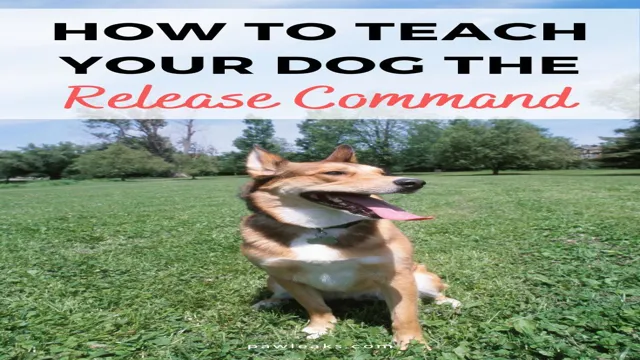
Are you tired of your pup not listening when you tell him it’s time to come inside? Teaching your dog the release command is an easy and effective way to help him understand when it’s time to stop playing and go home. With some simple steps, you can have your pup responding to the release command in no time. In this blog post, we’ll discuss why teaching the release command is important, what it is, and how to go about teaching it. Read on to find out more about this valuable skill and how you can help your dog become more obedient.
What Is the Release Command?
Teaching your dog the release command is a great way to give them more freedom and to keep them safe. A release command is a cue that you give your pup to let them know it’s okay to stop what they’re doing. This could be anything from letting go of an object to ending an activity like chasing a squirrel. The release command is the perfect way to let your pup know when it’s time to start and end an activity. The best way to teach your dog the release command is to start with simple activities.
Begin by having your pup hold an object like a toy or a treat in their mouth. Once they’ve got a good grip on it, say the release command. This could be something like “drop it” or “let go”. As soon as they release their grip, reward them with a treat or a pat on the head. Once your pup has the hang of the release command, start introducing more complex activities.
This could include having them sit and stay, or come when called. When they complete the command, be sure to reward them with a treat or praise. This will help them understand that the release command is a positive experience. With enough practice, your pup will soon learn the release command. This is a great command to have in your dog’s repertoire as it will allow them to have more freedom and will keep them safe.
Remember to always reward your pup with a treat or praise when they obey the command. With a little patience and training, your pup will soon learn the release command.
The Benefits of Teaching the Release Command
The “release command” is an invaluable tool for any dog parent, providing a way to keep your pup safe, create better boundaries and foster a lifelong bond with your furry companion. Teaching your pup the “release command” is easy and can be done with patience, consistency and rewards. With just a few simple steps, you can teach your pup to reliably release an object, sit and stay in place, and come when called. From curbing unwanted behaviors to providing a sense of security, the release command is a great way to strengthen your relationship with your pup and ensure that they are safe and happy.
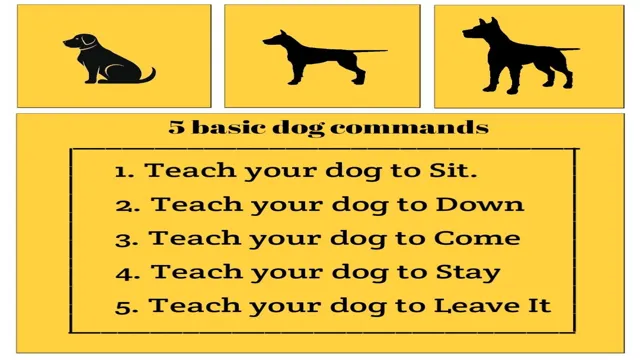
How to Use the Command
Teaching your dog the release command can be a great way to ensure that your pup behaves appropriately and follows your commands. The release command is used to tell your pup that whatever task it was performing is now complete and it can stop. You can use this command to get your pup to drop its toys, stop jumping, or stop barking. To teach your pup the release command, start by training it to respond to the word “release” or “okay”. You can do this by getting your pup’s attention and then saying the word.
As soon as your pup looks at you, reward it with a treat. Repeat this process until your pup has associated the word with a reward. Once the pup has learned the word, you can use it to get it to stop performing a task. Simply say the word and reward the pup with a treat when it stops. With patience and consistency, you can use the release command to help your pup learn better behavior.
Training Your Dog to Respond to the Release Command
Training your dog to respond to the release command is an important part of teaching your pup how to obey and understand basic commands. The release command is the cue that tells your dog they are free to move and break away from whatever they were commanded to do. This can be extremely helpful in a variety of situations such as when a dog is playing tug-of-war, is being held back from a potentially dangerous situation, or is commanded to stay put until you give them the release command. To begin training your pup to respond to the release command, start with basic obedience commands such as “sit” and “stay.” You can then give the release command after your pup has completed the command successfully.
It is important to reward them for good behavior with treats or verbal praise. When training your pup to respond to the release command, it is important to be consistent. The same command should be used each time and you should remain consistent with verbal cues, hand signals, and body language. Also, try to keep the release command short and simple so that your pup can easily understand it. In addition to verbal cues, it can also be helpful to use a hand signal to indicate the release command.
This can be especially helpful if you are away from your pup and need to call them back to you. Finally, practice the release command with your pup in a variety of situations. This will help your pup to understand that the release command applies in all situations and can help them to respond more quickly and confidently. Overall, training your pup to respond to the release command is an important part of teaching them basic commands. With patience and consistency, you can help your pup to understand the command and respond quickly and accurately in all situations.
Positive Reinforcement
Positive reinforcement is a great way to teach your dog a release command. By rewarding your pup with treats, verbal praise, and physical affection whenever they follow your command, you can encourage them to repeat the desired behavior in the future. This reinforces the idea that they will be rewarded for listening to you, and soon they’ll be eagerly awaiting your commands. Additionally, this method of training can make your dog more attentive and loyal, as they realize that following your orders is a great way to get your attention and love.
Using a Clicker
If you’re looking for an effective, fun way to teach your pup the all-important “release” command, try using a clicker! Clicker training is a great, positive reinforcement-based way to teach your pup a variety of commands, with the release command being one of the most important. To use a clicker, start by making sure your pup is in a relaxed state. Then, click the clicker and give your pup a treat as soon as he follows your command. Repeat this process until your pup has learned the release command. With enough practice, your pup will learn the command quickly and successfully.
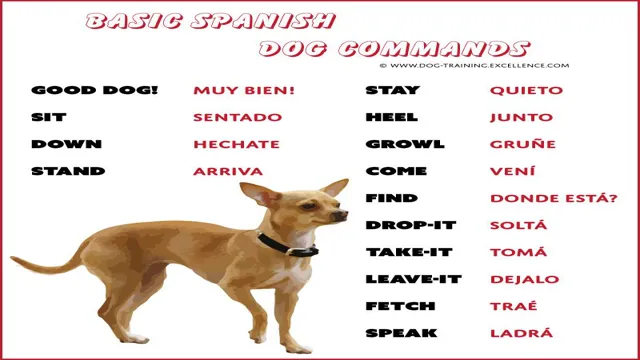
Using Verbal Cues
If you’re looking to teach your pup the release command, one of the best ways to do so is by using verbal cues. By using verbal cues, you can easily and effectively communicate to your pup when you want them to release an object or return to you. It doesn’t take much to put this technique into practice — all you need is a few treats and some patience. To start, begin by showing your pup a treat and saying “release” or whatever word you’d like to use. When they drop the item, give them the treat and plenty of praise.
With consistent practice, they’ll eventually learn that the word “release” means they should drop the item. Before you know it, you’ll have a pup that responds to your verbal cue and can confidently perform the release command.
Putting the Release Command into Practice
Teaching your dog the release command is an important part of obedience training and teaching your dog basic manners. The release command tells your dog to stop whatever it is doing and come back to you. If your dog is not familiar with the release command, it can be difficult for him to understand what you’re asking him to do. To begin teaching the release command, you’ll need to start with something your dog already knows. For example, if your dog knows the sit command, you can use that command to start teaching the release command.
Start by asking your dog to sit and then give him the release command. When your dog obeys and stands up, give him lots of praise and a treat. You can also use a game of tug-of-war to help your dog understand the release command. Start by holding a toy and encouraging your dog to grab it. As your dog grabs the toy, give him the release command.
When he releases the toy, give him lots of praise and a treat. You can also use a combination of verbal and physical cues to help your dog understand the release command. Start by holding a treat in your hand and giving the release command. When your dog releases the treat, give him a verbal cue such as “Good release” and a physical cue such as a pat on the head. Finally, it’s important to be consistent when teaching your dog the release command.
Make sure you use the same command each time and offer lots of praise and treats when your dog obeys. With time and patience, your dog will soon understand the release command and be able to obey it without hesitation.
Start With Simple Tasks
If you’re looking to teach your dog a new command, the “release” command is a great place to start. Teaching your pup to release an object on command can help keep them safe and prevent them from damaging your belongings. The release command is a simple task to teach your pup, but it takes patience and consistency. Start by getting your pup’s attention by saying their name and the command. If they don’t respond, gently take the object from their mouth.
Then, reward them with a treat and praise when they release it. With practice and repetition, your pup will soon be able to release an object on command!
Increase the Difficulty
Teaching your dog a release command can be a difficult task, but it’s one that is essential for your pup’s safety and your peace of mind. A release command tells your dog to stop whatever it is doing and to come back to you. It is a crucial part of any obedience training, so it’s important to get it right. To make sure your pup understands the release command, start by teaching the command word-by-word. Start by saying the command, then reward your pup with a treat when they obey.
As your pup begins to understand the command, start adding in distractions and increase the difficulty of the task. With patience and consistency, your pup will soon understand the release command and be happy to obey it.
Conclusion
After all the hard work, you and your pup have put into learning the release command, you can now rest easy knowing that you have provided your pup with the skills they need to be a well-behaved pup. Don’t forget to celebrate your pup’s success and be sure to reward them with lots of love and treats!”
FAQs
How can I teach my dog the release command?
Start by teaching your dog a simple command like “sit” or “stay.” Once your dog can reliably respond to that command, add in the release command. Use a treat to reward your dog for successfully following the command. Over time, your dog will learn how to respond to the release command.
What is the best way to teach my dog the release command?
The best way to teach your dog the release command is to use positive reinforcement. Give your dog a treat each time they successfully respond to the command. This will help them to associate the command with a reward, and will also help you to reinforce the command.
How long does it take to teach my dog the release command?
The length of time it takes to teach your dog the release command will depend on your dog’s individual learning style. However, most dogs can learn the command within a few days of consistent training.
What should I do if my dog isn’t responding to the release command?
If your dog isn’t responding to the release command, it may be that they need more practice or that they need a different type of reward. Try offering them a different type of treat when they respond correctly, or use a different type of reward system.
Does the release command work in all situations?
The release command can work in many situations, but it may not work in all cases. You may need to use different commands in different situations, such as “leave it” or “drop it.” Make sure to practice the command in different environments so that your dog can learn to respond in any situation.
What are the benefits of teaching my dog the release command?
Teaching

